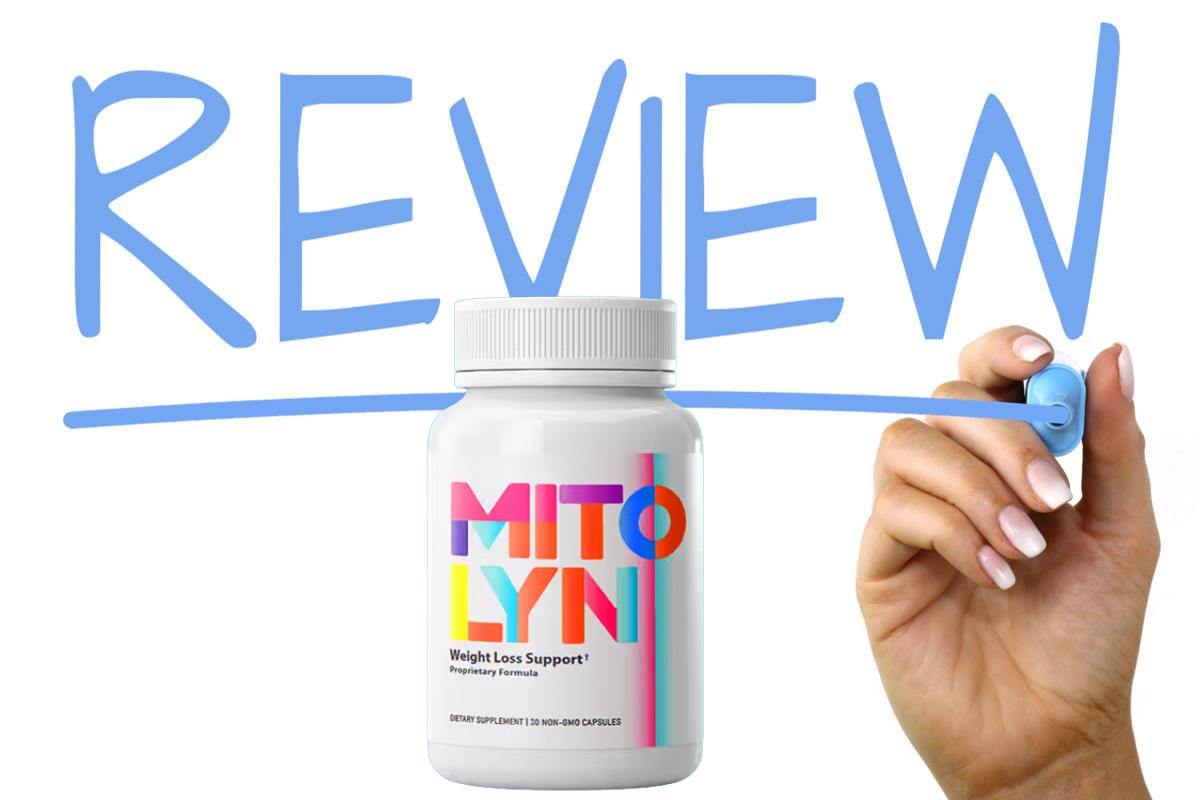If you’re wondering whether you can get Medicare Part B for free or at a discount, you’re not alone. Many people qualify for reduced costs based on their income and financial situation. Programs like the Qualified Medicare Beneficiary (QMB) and Specified Low-Income Medicare Beneficiary (SLMB) can help. But, you’ll need to understand the eligibility criteria and application process. Let’s explore how you might benefit from these programs and what steps you should take next.
Understanding Medicare Part B Costs
When you enroll in Medicare Part B, understanding its costs is essential for managing your healthcare expenses effectively.
Part B typically involves a monthly premium, which can vary based on your income. You’ll also face an annual deductible that you must meet before coverage kicks in. After reaching this deductible, Medicare generally covers 80% of the approved services, leaving you responsible for the remaining 20%.
It’s vital to keep these costs in mind, especially when planning for routine doctor visits and medical services. Additionally, some individuals may qualify for financial assistance programs that can reduce or eliminate these costs.
Eligibility for Medicare Part B
To qualify for Medicare Part B, you must meet specific criteria, including age and citizenship requirements.
Generally, you’re eligible if you’re 65 or older, or if you’re under 65 and have a qualifying disability. You also need to be a U.S. citizen or a permanent resident for at least five years.
If you’re receiving benefits from Social Security or the Railroad Retirement Board, you’ll automatically be enrolled in Medicare Part B when you reach age 65.
If you haven’t received these benefits, you can apply for Part B during the Initial Enrollment Period, which starts three months before your 65th birthday and lasts for seven months.
Meeting these criteria is essential to access Medicare Part B coverage.
Income-Based Discounts on Medicare Part B
If your income falls within certain limits, you might qualify for income-based discounts on Medicare Part B, which can considerably reduce your monthly premiums.
These discounts are designed to help those who struggle to pay the standard rates. To determine your eligibility, the Social Security Administration will assess your income based on the most recent tax information.
If you qualify, you’ll receive a lower premium rate, making healthcare more affordable. Keep in mind that these discounts can vary based on your specific financial situation and family size.
It’s important to stay informed about the income thresholds and to apply each year, as your financial situation might change, affecting your eligibility for these valuable savings.
Medicaid and Medicare Savings Programs
Medicaid and Medicare Savings Programs provide essential assistance for those struggling to cover their healthcare costs. If you qualify, these programs can lower your out-of-pocket expenses, making healthcare more affordable.
You might be eligible if your income and assets fall within specific limits, which vary by state. The programs can help pay for your Medicare premiums, deductibles, and coinsurance, easing your financial burden.
To apply, you’ll need to contact your state’s Medicaid office, where you can explore your options and get assistance. Don’t hesitate to seek help—finding the right program can greatly improve your access to necessary medical services.
Take charge of your healthcare costs and see if you qualify for these valuable resources!
Special Enrollment Periods
When can you enroll in Medicare outside of the usual enrollment periods? You can do this during a Special Enrollment Period (SEP).
SEPs typically occur when you experience specific life events, like moving to a new address, losing your current health coverage, or qualifying for Medicaid. These events trigger an opportunity for you to enroll in or change your Medicare Part B coverage without facing penalties.
Usually, you have 8 months from the date of these qualifying events to sign up. It’s crucial to keep track of these timelines, as missing them could mean waiting until the next general enrollment period.
Additional Help for Low-Income Beneficiaries
Life changes can’t only affect your enrollment options but also your costs. If you’re a low-income beneficiary, you might qualify for additional help with Medicare Part B premiums.
Programs like the Qualified Medicare Beneficiary (QMB) program can cover your premiums, deductibles, and co-payments. You may also be eligible for the Specified Low-Income Medicare Beneficiary (SLMB) program, which helps pay your Part B premiums.
To see if you qualify, check your income and asset levels against the current thresholds set by Medicare. Applying for these programs is straightforward and can lead to significant savings.
Don’t hesitate to reach out to your state’s Medicaid office or the Social Security Administration for guidance and support in maneuvering through these options.
The Role of Supplemental Insurance
While Medicare Part B provides essential coverage for outpatient services, it often leaves gaps that can lead to unexpected out-of-pocket expenses.
This is where supplemental insurance, or Medigap, plays a vital role. By purchasing a Medigap policy, you can help cover costs like copayments, coinsurance, and deductibles that Medicare doesn’t fully pay.
This additional coverage can provide peace of mind, ensuring you’re not caught off guard by high medical bills. Some people also choose Medicare Advantage plans, which bundle Medicare benefits and may include additional services.
Ultimately, evaluating your healthcare needs and financial situation can help you decide if supplemental insurance is right for you, allowing you to fill those gaps and enjoy better overall coverage.
Strategies for Managing Medicare Costs
Managing Medicare costs can feel overwhelming, but with the right strategies, you can minimize your expenses and maximize your benefits. Start by reviewing your plan annually; coverage options and costs can change.
Utilize preventive services, which Medicare often covers at no cost, keeping you healthy and avoiding higher expenses later. Consider a Medicare Savings Program if you meet income requirements; it can help pay premiums and out-of-pocket costs.
Don’t forget about generic medications, which are typically much cheaper than brand-name drugs. Finally, communicate with your healthcare providers about your options; they can often suggest cost-effective alternatives.
Resources for Medicare Assistance
When you’re steering through the complexities of Medicare, finding reliable resources for assistance can make all the difference.
Start by visiting the official Medicare website, where you can access extensive information about coverage options and costs. If you prefer speaking with someone, call 1-800-MEDICARE for personalized help from trained representatives.
Local State Health Insurance Assistance Programs (SHIPs) also offer free, unbiased counseling tailored to your needs. Additionally, organizations like the National Council on Aging provide valuable tools and resources for understanding your benefits.
Don’t hesitate to reach out to community organizations or senior centers in your area. They often have workshops and seminars that can guide you through Medicare’s intricacies.
You’re not alone in this journey!
Conclusion
To sum up, you might qualify for Medicare Part B at a reduced cost or even for free, depending on your income. Programs like QMB and SLMB can help cover your premiums and other costs if you meet the eligibility criteria. Don’t hesitate to reach out to your state’s Medicaid office or the Social Security Administration to explore your options. Taking these steps can make managing your healthcare expenses much easier and more affordable.













